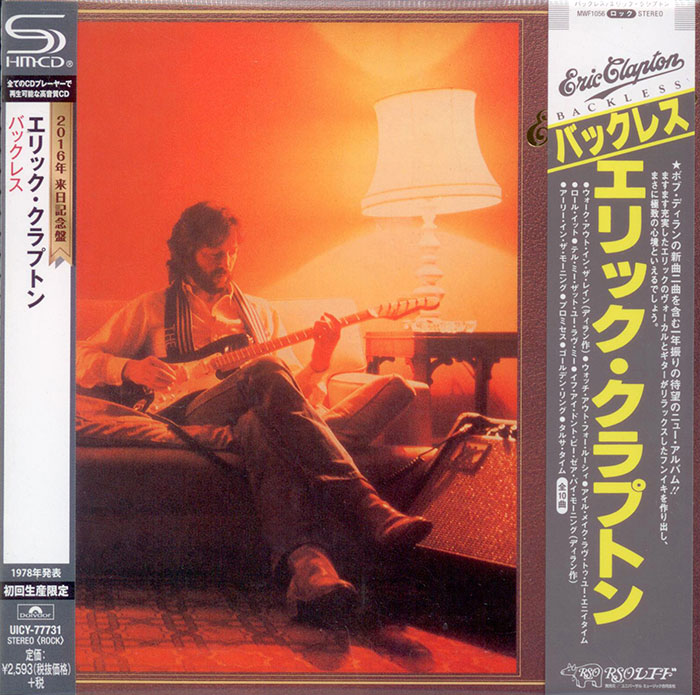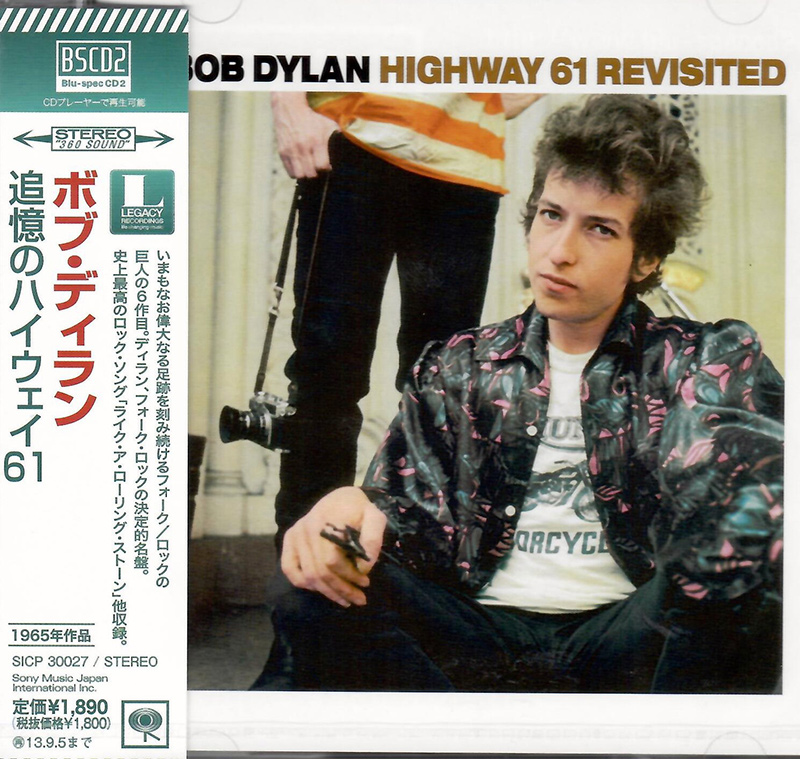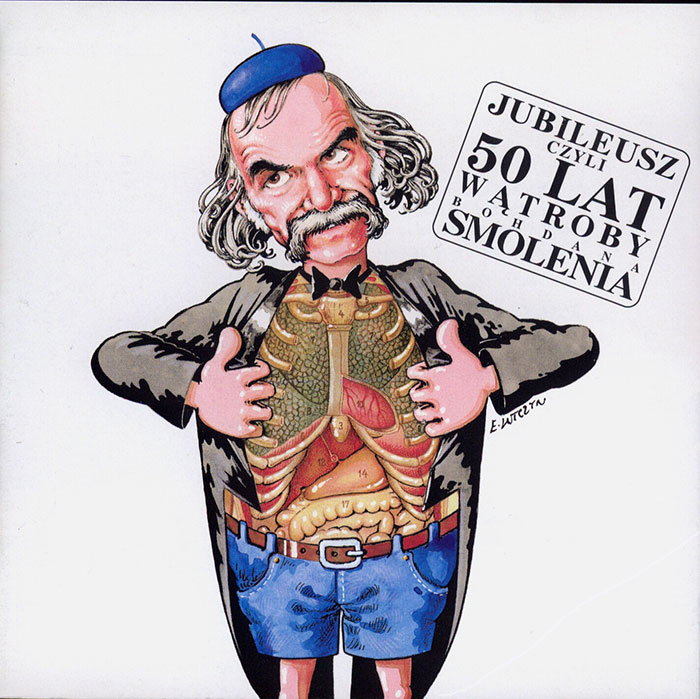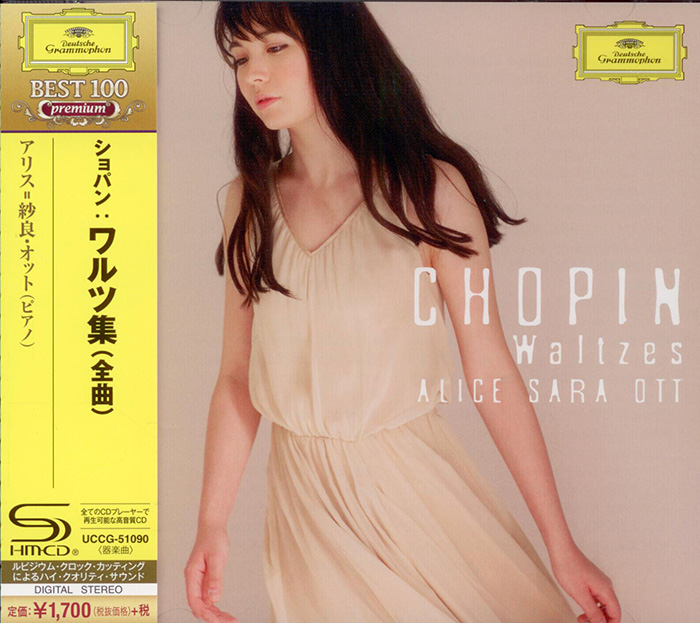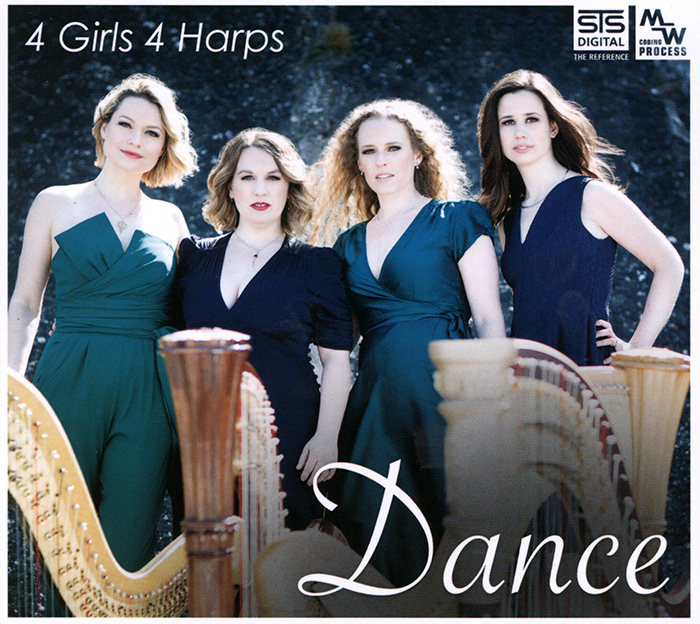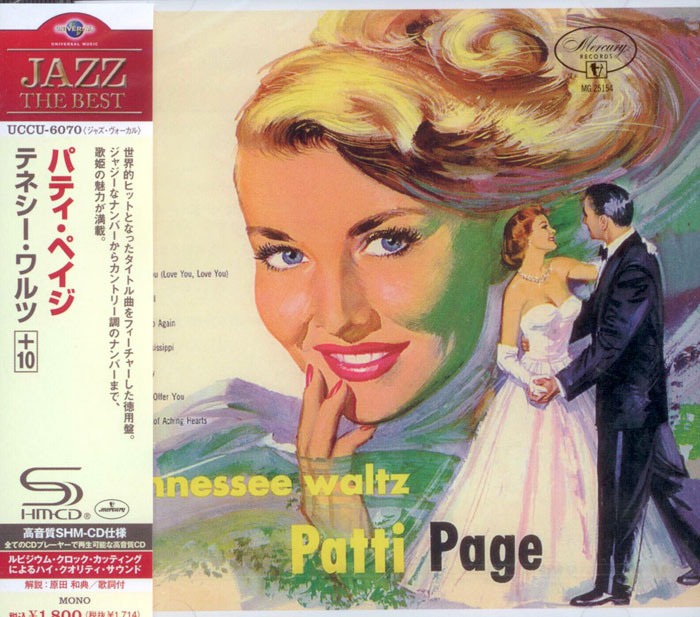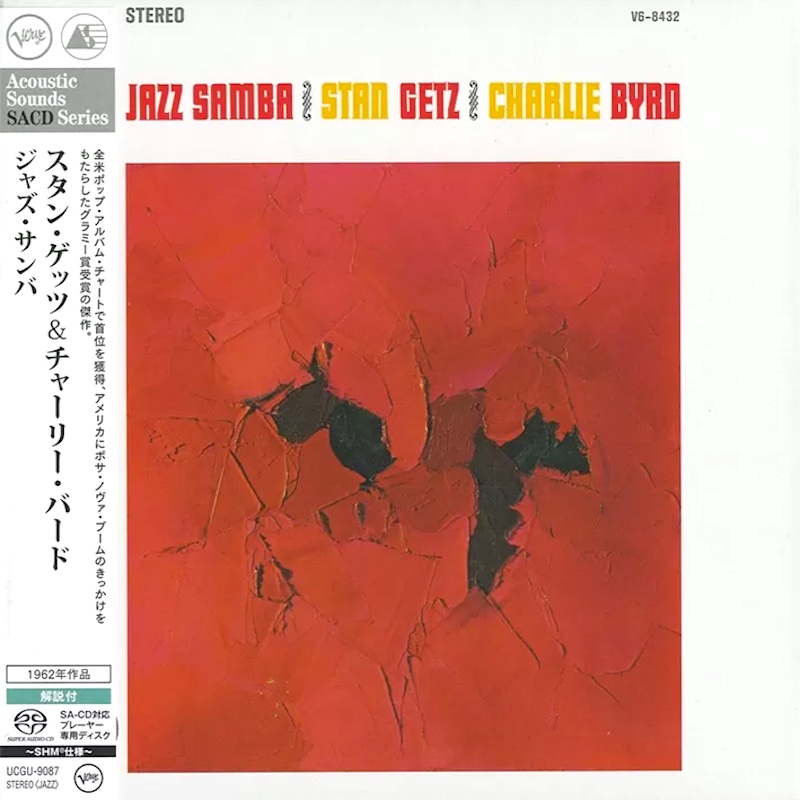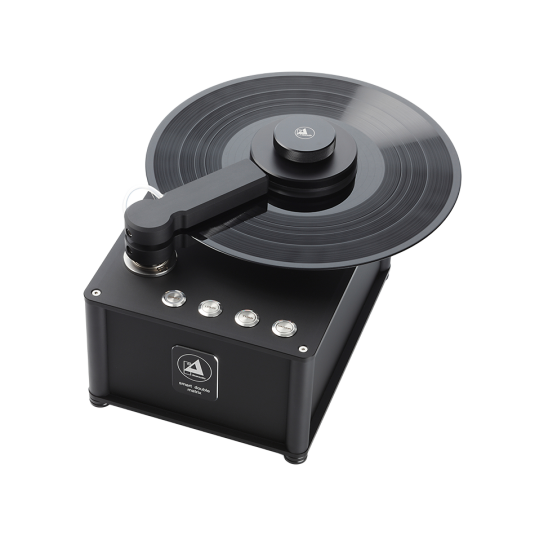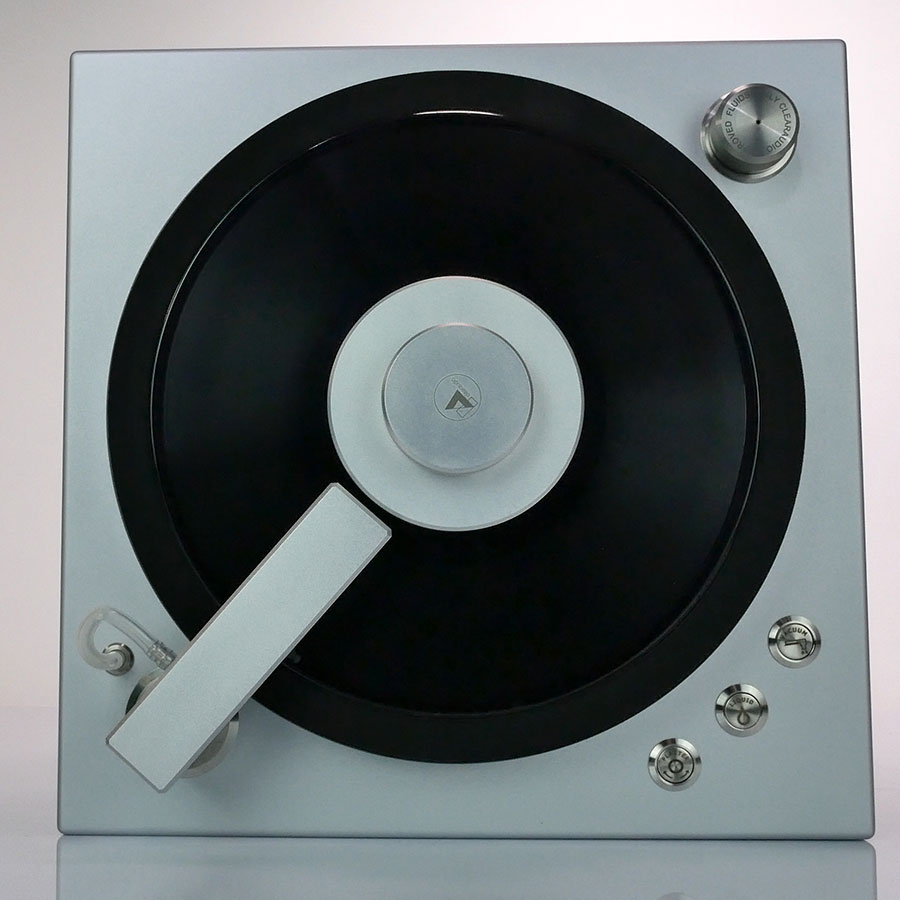Logowanie
Mikołaj - ten to ma gest!
Elton John, The Mamas & The Papas, Cat Stevens, Rod Stewart, Bobbie Gentry, Stevie Wonder, Engelbert Humperdinck
Memory Lane
Edycja Numerowana - 1000 egzemplarzy w skali światowej
RACHMANINOV, Eiji Oue, Minnesota Orchestra
Symphonic Dances / Vocalise
Best Recordings of 2001!!! NAJCZĘŚCIEJ KUPOWANA PŁYTA Z RR!
Karnawał czas zacząć!
Music of Love - Hi-Fi Latin Rhythms
Samba : Music of Celebration
AUDIOPHILE 24BIT RECORDING AND MASTERING
CHOPIN, LISZT, DEBUSSY, DVORAK, Gerhard Oppitz
Dances romantiques - A fantastic Notturno
Wzorcowa jakość audiofilska z Clearaudio
Winylowy niezbędnik
ClearAudio
Double Matrix Professional - Sonic
najbardziej inteligentna i skuteczna pralka do płyt winylowych wszelkiego typu - całkowicie automatyczna
DONIZETTI, VERDI, BIZET, PUCCINI
Giuseppe Taccani

- DONIZETTI
- VERDI
- BIZET
- PUCCINI
Lebendige Vergangenheit
Giuseppe Taccani, geboren 1885 in Mailand, wurde in seiner Geburtsstadt von Lelio Casini ausgebildet und debütierte bereits 1905, im Alter von nur zwanzig Jahren, als Andrea Chenier in Bologna. Kurz darauf gastierte er 1905/06 an der Oper von Havanna in Kuba sowie in Mexico und Mittelamerika. 1908 begann seine bemerkenswerte Karriere in Italien mit einer höchst erfolgreichen Saison am Teatro Regio in Turin: der Tenor war dort während dieser Saison in 12 Vorstellungen von Wagners „Meister singern" (neben Antonio Magini-Coletti), 10 Vorstellungen von „La Wally" (mit Maria Farneti) sowie einer Einzelvorstellung von „La boheme" zu hören. Im selben Jahr trat der Sänger am Teatro San Carlo in Neapel neben Titta Ruffo in „La Gioconda" auf und sang von diesem Zeitpunkt an an allen namhaften italienischen Opernhäusern. Dass er trotz der vielen Angebote und seiner großen Erfolge nicht einmal eine Handvoll an Vorstellungen an der Mailänder Scala sang (erst 1930 alternierte er mit Francesco Merli als Radames) scheint nur auf den ersten Blick verwunderlich: Aureliano Pertile war zu dieser Zeit der unumstrittene „primo tenore" und mit Merli, Ziliani und Alessandro Granda, sowie Lauri Volpi und Gigli als „Gastsänger" konnte die Scala im spinto- wie im dramatischen Fach aus dem Vollen schöpfen. Gegen eine derartige tenorale Übermacht gab es kein Ankommen, also verlegte Taccani den Schwerpunkt seiner gesanglichen Tätigkeit unter anderem auf das Mailänder Teatro Dal Verme, wo er äußerst beliebt war. Auch am Opernhaus von Venedig war der Tenor in den Spielzeiten 1920-25 und 1933 häufig zu Gast, ebenso wie am dritten Mailänder Theater, dem Teatro Lirico, wo er 1916 in den Uraufführungen von Domenico Monleones Opern „L'Arabesca" und „Suona la ritirata" mitwirkte. Weitere Welturaufführungen, in denen Taccani eingesetzt wurde, waren: Attilio Parellis „Hermes" (1906, Genua), Alberto Gascos „La Leggenda delle sette Torri" (1913, Teatro Costanzi, Rom), Mario Persicos „Morenita" (1923,. Teatro San Carlo, Neapel) und Felice Lattuadas „Don Giovanni" (1929, San Carlo). 1928 hörte man den Sänger in „Aida", ,,Carmen", ,,La traviata" und „Madama Butterfly" an der Oper von Rom. Im Ausland hatte sich Taccani früher schon einen Namen gemacht: 1908 hatte er am Politeama in Buenos - Aires gastiert, 1910 in Kairo und 1909/10 gehörte er zum Ensemble von Oscar Hammersteins Manhattan Opera in New York. Weiters trat er als Gast an den Opern häusern von Madrid, Barcelona, Rio de Janeiro und Budapest sowie an der italieni schen Oper in Holland (1927) auf. Im Wagner-Fach (damals natürlich in italienischer Sprache) konnte sich Taccani ebenfalls behaupten. Neben dem bereits erwähnten Walther von Stolzing beinhaltete sein Repertoire Tannhäuser und Siegfried. Giuseppe Taccanis Gesangskarriere dauerte überdurchschnittlich lange. Noch 1940, immerhin 35 Jahre … Giuseppe Taccani, born 1885 in Milan, studied voice with Lelio Casini in his hometown and made his debut as early as 1905, at the age of only 20, asAndrea Chenier in Bologna. 1905/06 brought him to the Opera House of Havana as well as to Mexico and Central America. In 1908 the tenor started a remarkable singing career in Italy which took off with a highly sucessful season at the Teatro Regio in Turin: he sang 12 performances of "Die Meistersinger" (with Antonio Magini-Coletti), 10 performances of "La Wally" (with Maria Farneti) and one single performance of "La boheme". In the same year he reached the Teatro San Carlo in Naples appearing in "La Gioconda" together with Titta Ruffo and from that point on sang at all major Italian stages. Despite the great demand for Taccani in Italy and his well received performances it was only in a handful of evenings he sang at the Scala of Milan (as late as 1930 he alternated with Francesco Merli as Radames). A look at the artists index of the Scala du.ring these years gives more than a reasonable explanation: apart from Aureliano Pertile, who was then the undisputed "primo tenore", the Scala was able to choose among Merli, Ziliani and Alessandro Granda, not to speak of Laµri-Volpi's and Gigli's guest performances, for the spinto- and the dramatic repertory. There simply was no way of succeeding against this overwhelming tenoral predominance. and Taccani moved his vocal activities to other theatres, the Teatro Dal Verme in Milan, for example, where he was very popular. At the Opera House in Venice the singer was a frequent guest in the seasons from 1920-25 and 1933 and he was regularly engaged at the third theatre in Milan, the Teatro Lirico, where in 1916 he was chosen for the world premieres of Domenico Monleone's operas, "L' Arabesca" and "Suona la ritirata". Taccani furthermore took part in the following world premieres: Attilio Parelli's "Hermes" (1906, Genoa), Alberto Gasco's "La Leggenda delle sette Torri" (1913, Teatro Costanzi, Rome), Mario Persico's "Morenita" (1923, Teatro San Carlo, Naples) and Felice Lattuada's "Don Giovanni" (1929, Teatro San Carlo). In 1928 the artist was engaged at the Opera House of Rome for "Aida", "Carmen", "La traviata" and "Madama Butterfly". Long before that, Taccani had already made himself known abroad: 1908 he appeared at the Politeama in Buenos Aires, 1910 in Cairo and for the 1909/10 season he belonged to the ensemble of Oscar Hammerstein's Manhattan Opera Company. He furthermore sang at the opera houses of Madrid, Barcelona, Rio de Janeiro and Budapest as well as at the Opera Italiana in the Netherlands (1927). The tenor also tackled roles from the Wagnerian repertoire (then, of course, sung in Italian): apart from the role of Walther von Stolzing, which has already been men





